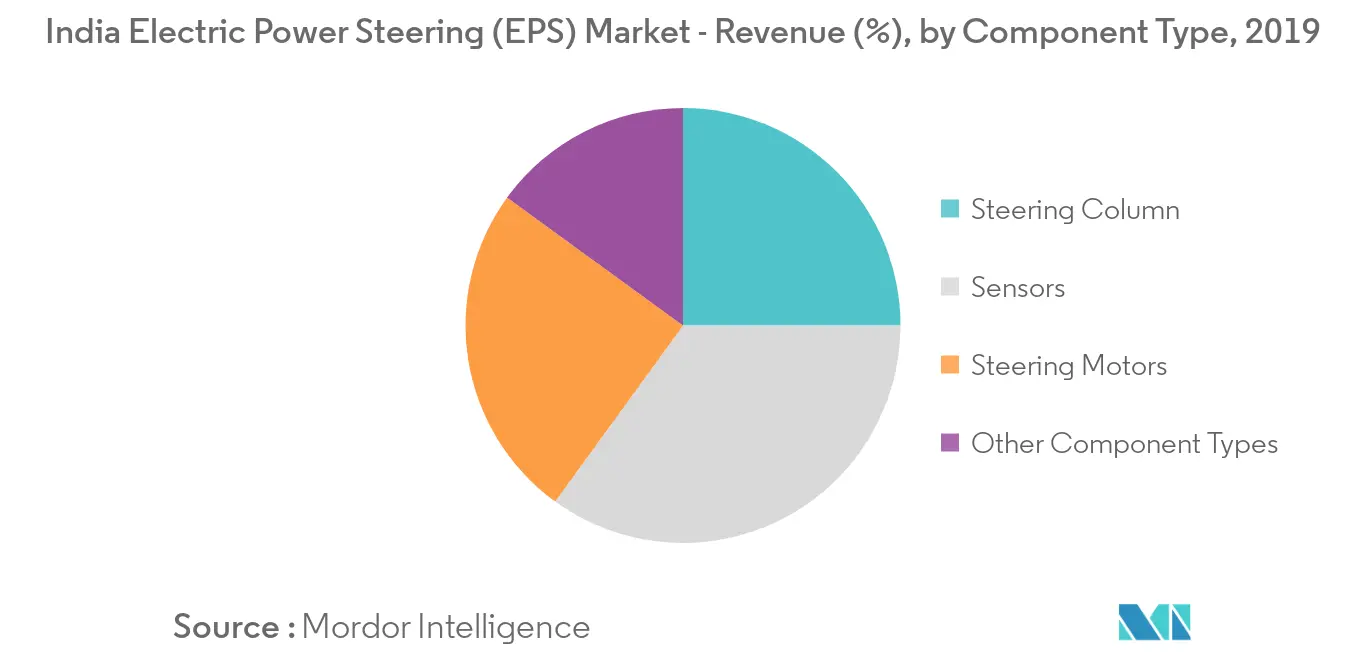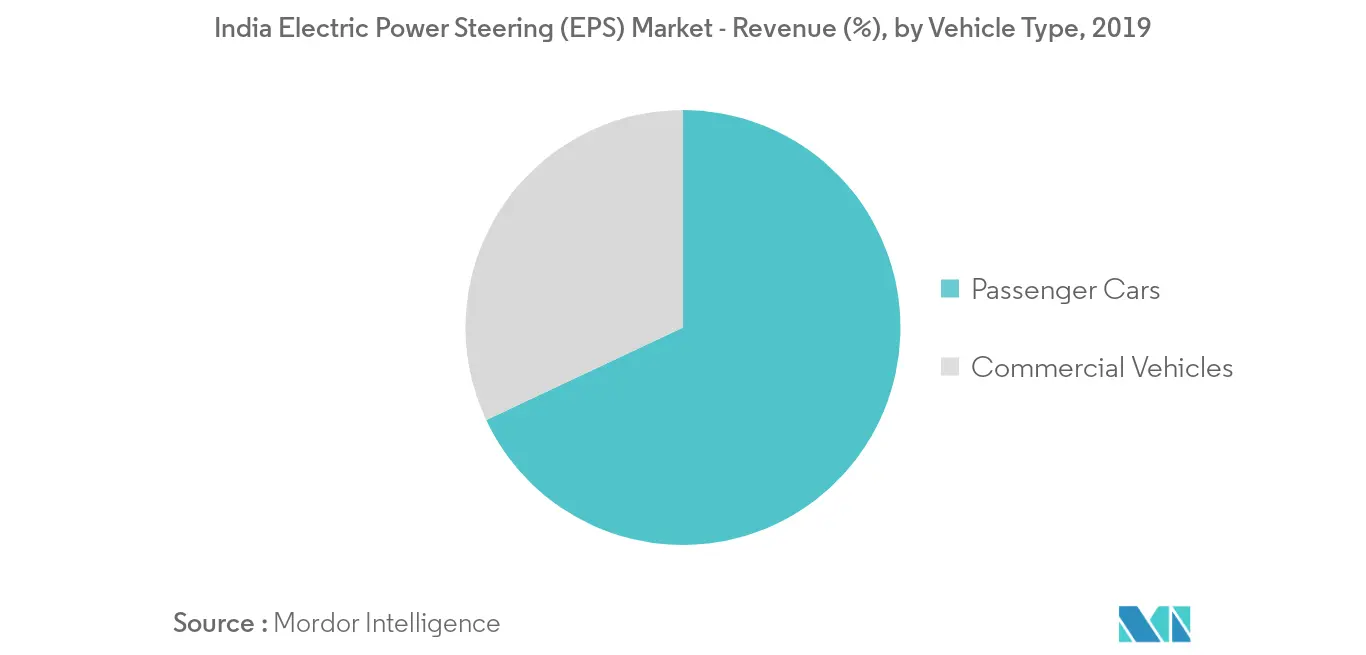Market Trends of India Electronic Power Steering Industry
This section covers the major market trends shaping the India Electronic Power Steering Market according to our research experts:
Fast Growing Sensors Application
Sensor located in the steering column measures two primary driver inputs - torque (steering effort), and steering wheel speed and position. Thus, there are three types of sensors used in such systems - torque sensor, steering wheel speed sensor, and position sensor.
These sensors deliver the signals as inputs to an ECU, which provides an appropriate output to the steering system for an action to take place.
Torque sensors are generally non-contact sensors. These sensors measure the steering force applied by the driver, and thus, enables sensitive control of the electric steering support.
- It works based on a non-contact magnetic measuring principle. It contains a magnet unit, a flux-tube unit, and a sensor unit. The torque sensor itself has two independent coils of wire. One of the coils determines if a right-hand turn is being made, while the other determines if a left-hand turn is being made. The signal is then sent from the EPS module to the appropriate coil, which then assists the vehicle in steering.
With the growing advancement in technology, sensor products have also been consistently upgrading. For instance:
- In June 2019, Continental AG had unveiled a new short-range radar sensor which allows for more precise detection of vehicle surroundings. In place of the 24 GHz technology used up to now, the new radar generation operates using 77 GHz technology.
- In June 2018, Infineon technologies AG developed a new magnetic angle sensor TLE5014. The new product can be easily integrated into a safety critical EPS system. The TLE5014 sensors meet ISO26262 ASIL C for the single die and ISO26262 ASIL D for the dual die versions.

Increasing Application in Passenger Cars
The EPS implementation in passenger cars is growing rapidly, owing to its advantages, such as no hoses or fluids required in the steering system, thereby reducing the repair and maintenance costs from fluid and hoses replacements.
Currently, more than 30% of the passenger cars are running with EPS technology in India, and the technology is likely to be implemented in the majority of the budget passenger cars as well, during the forecast period.
Some of the major automakers who have launched the EPS system in their models in India, in 2018, includes Tata Motors, Datsun and Ford.
- In March 2019, NSK Ltd. joint venture, Rane NSK Steering Systems Pvt. Ltd. had inaugurated its new plant in Ahmedabad, India with the investment of INR 5 Billion to produce electric power steering (EPS) systems for passenger cars. This place is an emerging economy and an automotive industry hub in western India.
- In April 2018, Tata Motors announced that it will expand its Nexon range powered by automatic manual transmission (AMT) technology, by launching the Nexon HyprDrive Shelf-Shift Gears model. The model comes with the feature of lowest turning circle radius of 1.5 m with the electric power-assisted steering (EPAS).
- In March 2018, Datsun India launched a remix edition of Datsun GO and GO+ models. Both the models featured speed-sensitive electric power steering.
- In January 2018, Ford introduced compact utility vehicle (CUV) the all-new Ford Freestyle in India and the vehicle was made available for sale in the second quarter 2018. The Freestyle offers a uniquely tuned EPAS.
India shows good potential for automotive EPS business, as automakers in India have gradually started adopting the EPS system in their advanced vehicle models and anticipated to continue to adopt in their upcoming models in the future.


